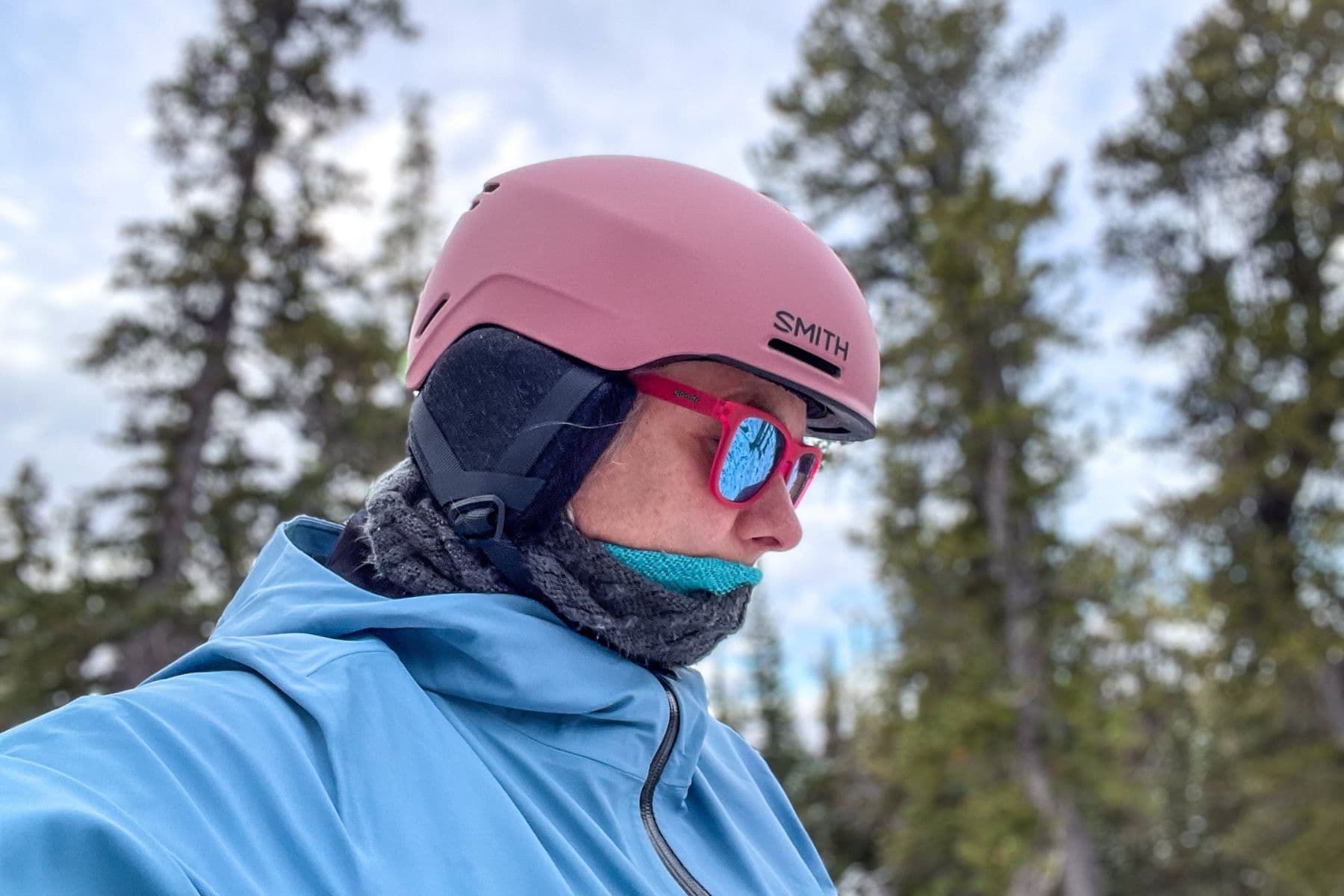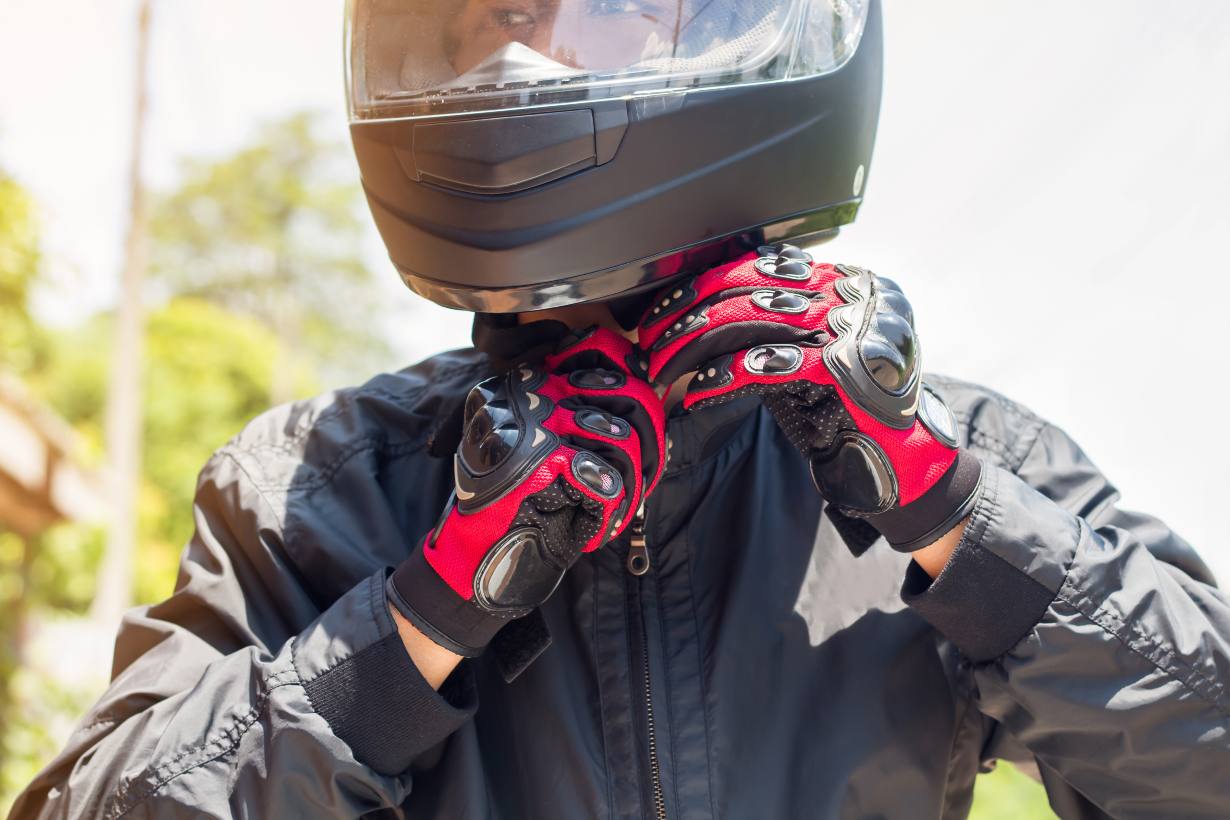Mountain biking is an exhilarating sport, taking riders across rugged terrains and challenging trails. Unlike road cycling, mountain biking involves frequent encounters with uneven surfaces, obstacles, and unpredictable terrain, making helmet choice a critical part of rider safety.
A good mountain bike helmet is designed to provide enhanced protection, comfort, and ventilation, helping riders stay safe and focused as they tackle the trails.
In this guide, we’ll explore essential features, types of mountain bike helmets, and tips to help you find the right helmet for your next adventure.
Why You Need a Specialized Mountain Bike Helmet
Mountain bike helmets are built specifically to protect against the unique risks of trail riding.
Unlike road bike helmets, which prioritize aerodynamics and ventilation, mountain bike helmets offer more coverage, impact protection, and specialized features like visors and enhanced rear protection.
Mountain biking often involves uneven paths, tree branches, rocks, and the possibility of falls, so a helmet that offers extended coverage and impact resistance is essential for safety.
Key Features of a Quality Mountain Bike Helmet
- Increased Rear and Side Coverage
- Mountain bike helmets are designed with extended rear and side protection to safeguard the back of the head and sides, which are more exposed during off-road riding. This added coverage provides better protection for common types of falls on the trail.
- Look for helmets that feel secure and provide comprehensive coverage without obstructing your range of motion or visibility.
- MIPS Technology (Multi-directional Impact Protection System)
- MIPS is a popular feature in modern helmets, including those for mountain biking. It includes a low-friction layer inside the helmet that allows slight movement during angled impacts, helping to reduce rotational forces on the brain.
- Given the higher risk of falls and angled impacts in mountain biking, MIPS is a valuable addition for reducing the risk of serious head injuries.
- Ventilation for Breathability
- Riding on trails can be physically demanding, so good ventilation is key to keeping your head cool. Mountain bike helmets feature large vents and internal airflow channels to circulate air, preventing overheating.
- Helmets designed for mountain biking balance ventilation with protection, ensuring airflow without compromising on coverage.
- Integrated or Removable Visors
- Most mountain bike helmets come with an integrated or removable visor to shield your eyes from sun, mud, and branches. A visor also reduces glare, which can be crucial for navigating complex terrain.
- Some visors are adjustable, allowing you to change the angle depending on the conditions. This is especially helpful when transitioning between sunny and shaded areas on the trail.
- Adjustable Fit System
- A secure fit is essential for a helmet to work effectively. Look for helmets with an adjustable fit system, such as a dial or strap system, to fine-tune the fit and ensure stability even on rough terrain.
- A properly fitted helmet should sit snugly on your head, covering your forehead without sliding or moving during aggressive riding.
- Chin Straps and Buckles
- The chin strap and buckle system should be comfortable, easy to adjust, and secure. For added convenience, some helmets come with magnetic buckles, which are easy to fasten and unfasten even with gloves on.
- Some mountain bike helmets also offer padding around the chin strap for added comfort, preventing chafing during long rides.
- Goggle Compatibility and Strap Guides
- Many mountain bikers use goggles for eye protection and to keep dust out, especially on downhill or enduro rides. Helmets with goggle compatibility or built-in strap guides ensure that goggles stay securely in place, preventing them from slipping during rough rides.
- For riders who prefer sunglasses, some helmets offer slots or retention systems to secure glasses when they’re not in use.
Types of Mountain Bike Helmets
- Half-Shell Helmets
- Half-shell helmets are the most common type for cross-country and trail riding, providing ample protection while remaining lightweight and well-ventilated.
- These helmets offer extended coverage compared to road helmets but are lighter and more breathable than full-face helmets, making them ideal for uphill climbs and varied terrain.
- Full-Face Helmets
- Full-face helmets are designed for downhill and enduro riding, where the risk of high-speed falls and impacts is greater. They provide maximum coverage, including a chin guard, which protects the entire face in the event of a crash.
- Many full-face helmets now come with a removable chin bar, making them versatile for riders who want the option of full-face protection on technical descents and more airflow on uphill sections.
- Convertible Helmets
- Convertible helmets combine the best of both worlds, with a removable chin bar that allows you to switch between a half-shell and full-face setup. This makes them a great choice for enduro riders who need both protection and versatility.
- These helmets are slightly heavier than standard half-shells, but the ability to convert them makes them a popular choice for riders tackling varied terrain on the same ride.
Pros and Cons of Different Mountain Bike Helmet Styles
Half-Shell Helmets
Pros:
- Lightweight and well-ventilated
- Provides ample protection for cross-country and trail riding
- Generally more comfortable for long rides
Cons:
- Limited protection for the face and jaw
- May not be suitable for high-speed downhill riding
Full-Face Helmets
Pros:
- Maximum protection, including face and chin coverage
- Ideal for downhill and enduro riding
- Enhanced safety for high-speed, technical terrain
Cons:
- Heavier and less ventilated
- Can feel bulky on uphill climbs or less technical trails
Convertible Helmets
Pros:
- Versatile for both uphill and downhill riding
- Allows for full-face protection when needed
- Ideal for enduro riders who need flexibility
Cons:
- Heavier than standard half-shell helmets
- More expensive due to added features
Tips for Choosing the Right Mountain Bike Helmet
- Assess Your Riding Style: For cross-country and trail riding, a half-shell helmet with good ventilation and coverage will likely meet your needs. If you’re into downhill or enduro, consider a full-face or convertible helmet for added protection.
- Consider the Terrain: Mountain biking terrains can vary greatly. If you’re on smoother, rolling trails, a half-shell helmet with a lightweight design will be sufficient. For rugged, technical descents or rocky trails, a helmet with extended coverage or full-face protection is advisable.
- Fit and Comfort: Try on multiple helmets to find one that fits securely without causing pressure points. Adjust the fit system to ensure a snug and comfortable fit that won’t move as you ride.
- Check for MIPS or Other Safety Technologies: MIPS and similar technologies provide additional protection in case of angled impacts, reducing the risk of brain injury. Many mountain bikers prefer helmets with these technologies for the added safety on challenging terrain.
- Think About Goggle or Glasses Compatibility: If you wear goggles or sunglasses, look for a helmet with compatibility features like strap guides or storage slots.
Maintenance Tips for Mountain Bike Helmets
To keep your helmet in top condition and ensure it provides the best protection, follow these maintenance tips:
- Clean Regularly: Use mild soap and water to clean your helmet, especially after dusty or muddy rides. Avoid using harsh chemicals that could damage the materials.
- Check for Wear and Damage: Inspect your helmet regularly for cracks, dents, or other signs of wear. Even minor damage can compromise its protective abilities, so replace your helmet if it shows any signs of damage.
- Store Properly: Keep your helmet in a cool, dry place away from direct sunlight, which can weaken the materials over time.
- Replace After Impact: If your helmet experiences a significant impact, replace it immediately. Helmets are designed to absorb a single impact, and any crash could compromise its protective capabilities.
Leading Brands for Mountain Bike Helmets
Several brands are known for producing high-quality mountain bike helmets with advanced safety features:
- Giro: Known for a range of helmets that balance comfort, safety, and style, Giro offers options with MIPS, adjustable fit systems, and solid ventilation.
- Bell: Bell helmets are durable, comfortable, and available in a variety of styles for different mountain biking needs. Many Bell helmets also feature MIPS technology.
- Fox Racing: Fox Racing helmets are popular with downhill and enduro riders, known for their rugged construction, full-face options, and modern design.
- Smith: Smith helmets use unique technologies like Koroyd for impact protection and are designed to offer excellent ventilation and fit.
- POC: POC helmets are known for their high safety standards, innovative design, and focus on visibility, with options for all levels of mountain biking.
Conclusion
Mountain bike helmets are essential for rider safety on rugged trails, offering protection and comfort tailored to off-road conditions.
By choosing a helmet with the right features—such as extended coverage, ventilation, MIPS, and compatibility with goggles—you can enjoy greater safety and confidence on any terrain.
Whether you prefer a half-shell helmet for trail riding or need the added protection of a full-face for downhill adventures, investing in a quality helmet will allow you to focus on the thrill of the ride, knowing you’re protected every step of the way.








